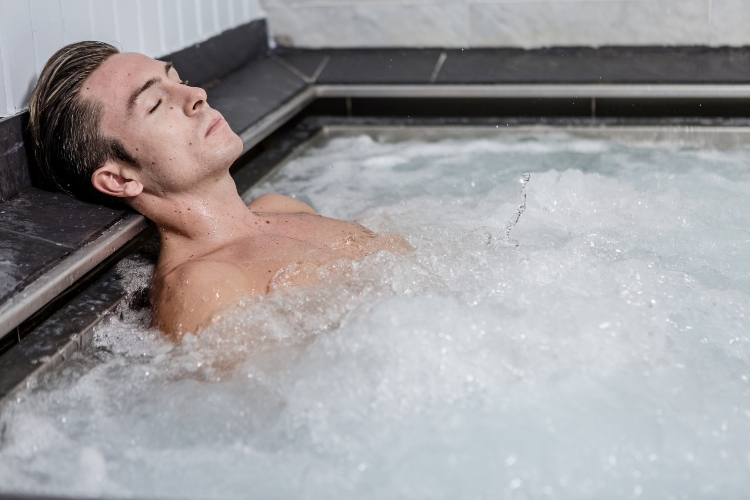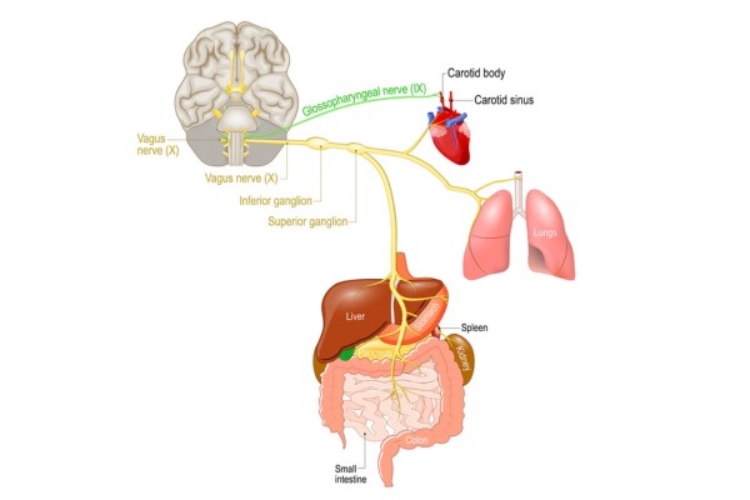The currently popular ice bath therapy has been around for centuries. Aside from looking brave or doing it as a dare, many holistic benefits are proven to support the body, mind and soul.
Before we get into the benefits of ice baths, we recommend you check with your healthcare practitioner before taking the plunge if you have any heart or circulatory issues, open wounds or any other concerns.
If you’ve been sitting on the proverbial fence, here are six benefits of regular ice baths:
1) Reduce inflammation and swelling
The drop in temperature from an ice bath causes blood vessels to narrow, decreasing the blood supply to muscles thereby reducing inflammation and swelling. Many athletes take an ice bath after a challenging game or workout with each bath lasting approximately five to ten minutes in 10 -15 degrees water.
2) Soothe muscles sore from over-exertion
According to a systemic review of several trials, the authors found some evidence that delayed onset muscle soreness after exercise was reduced due to cold‐water immersion. We all know that feeling after a hard workout when you climb the stairs and feel like you are a hundred years old. An ice bath could be just the medicine you need!
3) Boost your immune system
Some studies have shown that taking ice baths can help reduce the risk of infections. It’s worth noting that although there was a lowered infection rate for people who took ice baths, results were usually combined with meditation and deep breathing techniques. We recommend an integrated approach to increased immunity that combines all three.
4) Post-workout recovery
After a good workout, the body produces acid metabolic waste which needs flushing from the system. The ice bath first restricts the flow of blood, then suddenly allows a fresh flow as the blood vessels re-dilate, assisting in removing the acid build-up.
5) Ease the pain of chronic conditions
Ice baths may relieve the pain of inflammatory conditions such as rheumatoid arthritis, fibromyalgia, and gout. While more research into the long-term effects of ice baths is necessary, those who partake do not deny the short-term relief associated with the practice.
6) Activate the vagus nerve
The vagus nerves are the parasympathetic system’s main nerves that control digestion, immunity and heart rate. Exposure to extreme cold can stimulate the vagus nerve and increase parasympathetic activity to support basic human functions and manage mental health conditions such as anxiety, stress and depression.
Why not see for yourself?
If you’re considering immersing yourself in an ice bath, we recommend you start slow and build up to a longer duration. Start by first using cold water for the last few minutes of your shower. If you plan on DIY-ing an at-home ice bath, start for 20-30 seconds and work towards a minute or more.
It won’t be long before you’ll be hooked and using an ice bath as part of your regular routine. The alternative is to take an ice bath at a spa, where you will be monitored and given advice on the best way of immersing yourself in this popular therapy.






